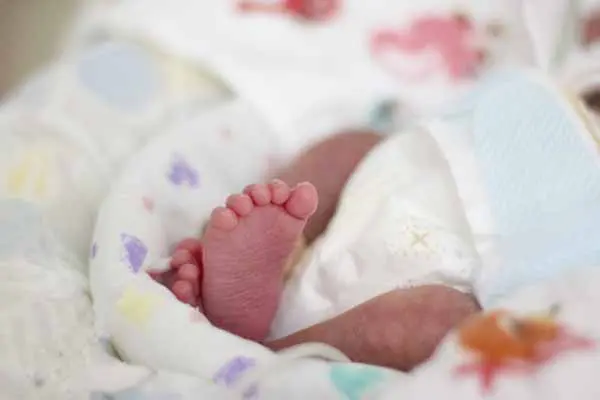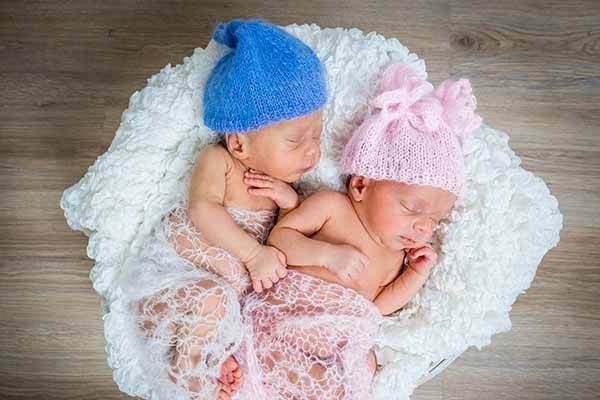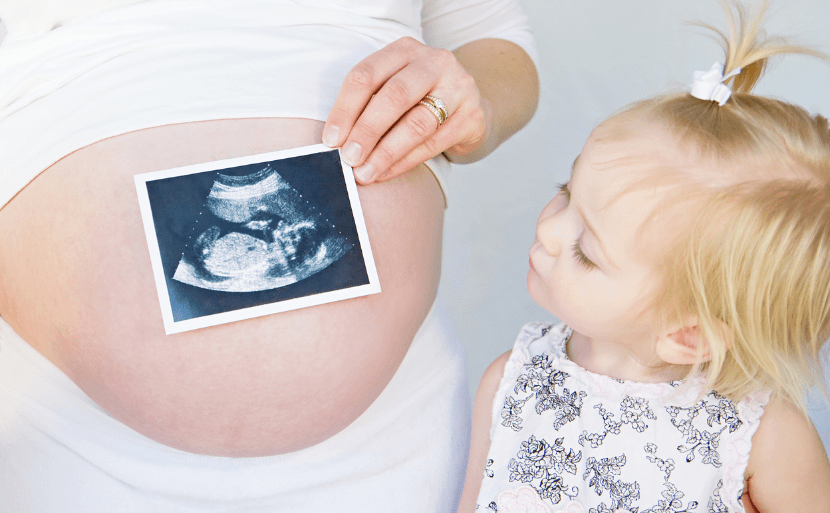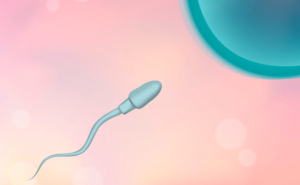Introduction
Many things can be unsettling during pregnancy, and you may wonder what the baby in your tummy is doing, how it is growing and why this is happening. In this article, we will explain the wonders of the foetus.
Fetal Respiration
The baby receives oxygen from the mother through the placenta and umbilical cord, and does not breathe through the lungs as we do now. However, from around 28 weeks’ gestation, the baby drinks amniotic fluid, stores it in the lungs, expands it and then expels it again. Drinking amniotic fluid is a way of practising breathing. The first time the baby breathes from the lungs is at the moment of birth.
How does breathing occur in amniotic fluid?
The baby in the mother’s tummy floats in water called amniotic fluid. If it tries to breathe, it drinks the amniotic fluid and drowns. The baby receives the oxygen it needs through the umbilical cord and passes on the carbon dioxide it no longer needs.
Is it true that the fetus breathes through the gills?
Babies in early pregnancy look like fish with gills and a tail. With gills and a tail, you would think that the foetus is breathing through its gills, but in fact the foetus does not breathe through its gills in the mother’s womb. Eventually, the gills are removed, lungs are formed and the baby approaches human shape.
Why does the fetus yawn?
When your baby is about 10-15 weeks, he or she will start yawning and hiccupping. This is in preparation for the baby to start breathing after birth. After birth, the baby will have to breathe on its own for a long time, so practice is essential.
Why don’t have acid deficiency?
You may wonder why baby do not have acid deficiency (lack of oxygen) if not breathing. Babies receive oxygen and nutrients through the umbilical cord, so unless there is an abnormality on the mother’s side, they will not suffer from acid deficiency. However, because they cannot take in oxygen on their own, their blood is thinner than it is outside and they have the ability to carry limited oxygen throughout the body more efficiently. It has been shown that brain cells are not affected even in babies who have been in a state of suspended animation for 15 minutes due to birth problems.
Why doesn’t the fetus experience oxygen deprivation?
The first thing the baby does when it emerges from the womb is to let out an oughting sound. This is actually the first sound of lung breathing. From birth, the respiratory movement of the baby and us as adults is to take oxygen into the blood as air and to exhale carbon dioxide.

Fetal Movement
It is estimated that the mother feels the foetal movements at 15-20 weeks of pregnancy. However, the baby in the tummy has been moving and turning its body around since about 8 weeks’ gestation. From about 10-20 weeks’ gestation, the baby starts yawning, mouthing and other exercises necessary for it to survive after birth.
How does the fetus move inside the uterus?
Babies floating in amniotic fluid are active, swimming, bending and stretching their legs. Gradually, they are also able to make fine movements such as sucking their fingers. As their brain development becomes more active, they are able to control their movements.
Why does the fetus become breech?
A baby in the tummy with its head facing upwards is called breech (pelvic position). Until around the mid-term of pregnancy, there is room in the womb for the baby to turn around. Therefore, the time when you are told that you have a breech baby is around the end of pregnancy. Although there is no specific cause for why most babies are breech and it is difficult to predict when a baby will be breech, the following are considered to be at risk of breech birth.
Risks of breech position
- Uterine fibroids (uterine myoma)
- Congenital abnormalities of uterine morphology
- Placenta previa (placenta previa)
- Under or over amniotic fluid
- Multiple pregnancies (more than two or three pregnancies)
- Intrauterine foetal growth retardation
- Baby morphological abnormalities (e.g. hydrocephalus, anencephaly, sacrococcygeal teratoma)
- Last pregnancy was a caesarean section
Fetal Development
A new life that begins as a fertilised egg goes through a number of stages of development. The fertilised egg develops into a blastocyst, a foetus and a foetus.
How do organs like the brain and eyes develop?
A single cell, the fertilised egg, is just 0.1 mm in size and invisible to the eye, but in about 10 months or so it grows to an astonishing 3 kg foetus, which is called the baby’s organogenesis period from 4 to 10 weeks, when organs and tissues such as the brain, eyes and other nerves, heart, stomach, intestines and limbs are formed.
When does the skin develop?
Skin tissue begins to be formed at around 10 weeks’ gestation, but it takes around 34 weeks for the skin to fully resemble that of an adult. Around 18 weeks’ gestation, hair also begins to grow on the head and a substance called fetal fat, which protects the foetus’ skin, is produced. The amount of fetal fat varies from foetus to foetus, but by the time of delivery it will cover the baby’s entire body.
How does the fetus excrete waste?
In early pregnancy, amniotic fluid is made up of the egg membrane that surrounds the baby and blood that has seeped out of the baby’s skin. As the baby grows bigger in mid-pregnancy, the digestive tract and kidneys begin to function and the baby itself drinks the amniotic fluid around it and passes it out as wee. The baby’s waste is passed to the mother through the umbilical cord, so pee is not dirty at all.
Is it true that the fetus has a tail?
Babies up to seven weeks’ gestation are called embryos (tigers). At this time, the baby has a tail and gills and looks like a seahorse. You may wonder why this becomes a human being.
How does the fetus receive nutrients without eating?
The reason why a foetus that does not eat grows is because the placenta, which is attached to the wall of the uterus at the end of the umbilical cord, delivers nutrients and oxygen from the mother’s blood into the baby’s blood. It also passes unwanted substances to the mother’s blood. Therefore, the baby does not need to breathe or eat.
When does the circulation of blood begin?
At around 5 weeks’ gestation, the organs that form the basis of the organs and the umbilical cord are formed. The heart is also formed and blood is pumped to the baby’s body organs. Around 6 weeks’ gestation, the baby’s heart can be seen on ultrasound.
Mystery of Chromosomes
A sperm and an egg combine and their respective chromosomes fit together to form a fertilised egg. Chromosomes contain genetic information inherited from both parents. Humans have 46 chromosomes (23 pairs), divided into 44 (22 pairs) autosomes and 2 (1 pair) sex chromosomes. Chromosomes cannot be treated, even if a person is found to have a disease with a chromosomal abnormality.
What is a fertilized egg?
A fertilised egg is the result of the meeting and fusion of a sperm and an egg. The sperm and egg become a fertilised egg at the end of the fallopian tube and move down the fallopian tube towards the uterus through repeated cell division. The fertilised egg develops into a blastocyst, embryo and foetus.
Why do twins occur?
There are two types of twins in natural pregnancies.
①When two eggs are released by chance and both are fertilized and implanted
It means that they are derived from two identical twin eggs. They inherit their parents’ genes, but not exactly the same genetic sequence between the two. The sexes may be different and the faces may not look very similar.
②When a single fertilized egg splits into two before implantation, and each one implants separately
They are called identical twins: because they originate from one egg, their genes are exactly the same. Therefore, the sexes are always the same and they often have the same face and voice.
The probability of having twins is higher with IVF than with natural conception. This is because in the case of IVF, two fertilised eggs may be returned at the doctor’s discretion. If both fertilised eggs are implanted, the twins will be fraternal twins. Identical twins cannot be avoided with IVF, nor can they be intentionally made identical.

Why do miscarriages happen?
15-20% of pregnancies result in miscarriage. About 85% of miscarriages occur before 12 weeks of pregnancy. It is estimated that one in three women will have experienced a miscarriage, and many women do. Most miscarriages that occur before about 11 weeks’ gestation are due to causes on the part of the baby (genetic disorders, congenital abnormalities). Therefore, in most cases, the moment of conception determines whether the miscarriage is a miscarriage or not. Early miscarriages are unlikely to be caused by drinking, smoking, taking medication, work or exercise without being aware of the pregnancy.
Why do chromosomal abnormalities occur?
It is not known exactly why chromosome number abnormalities occur.
It is thought that chromosome aberrations can occur for a variety of reasons, including genetic, disease-related or accidental, but it is known that the probability of chromosome aberrations increasing with age.
NIPT (Non-Invasive Prenatal Testing) for chromosome examination
NIPT, also known as non-invasive prenatal genetic testing/non-invasive prenatal genetic testing, is a screening test that uses maternal blood alone to check the baby’s risk of congenital diseases due to chromosomal abnormalities. It is said to be capable of detecting a positive risk of Down syndrome (21 trisomy), Edwards syndrome (18 trisomy) and Patau syndrome (13 trisomy) with a high accuracy of 99.9%.
Hiro Clinic NIPT can be performed as soon as the pregnancy is confirmed by an ultrasound scan. The test only requires a blood sample to be taken from the mother’s arm, so there is almost no direct damage to the baby.
Conclusion
There are many mysteries about the foetus that medicine has yet to fully understand, but advances in medical technology have helped to unravel many of them, and one of the best things for pregnant women is being able to see their baby’s condition through 4D echoes, for example. Why? There may be many things that make you wonder and feel uneasy, but let’s resolve any worries you may have and enjoy a peaceful maternity life with peace of mind.
Article Editorial Supervisor

岡 博史先生
【役職】
【資格】
【略歴】
【所属】
【SNS】
 中文
中文












